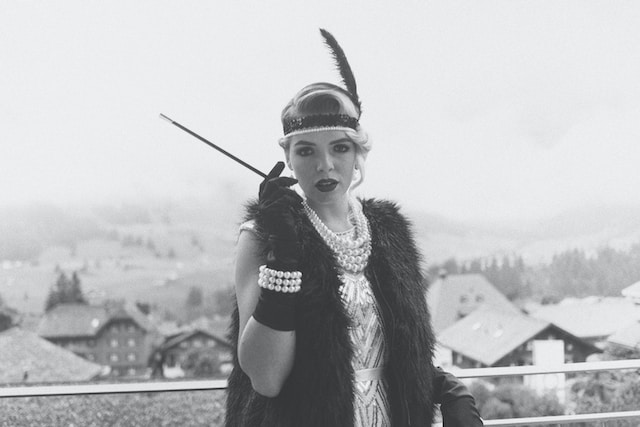
The fashion industry has come a long way from its humble beginnings. It has evolved from a small-scale production of clothes to a massive global enterprise with a worldwide influence. The industry has created milestones over the decades that have paved the way for further developments, changing the way we dress and view fashion forever.
The history of the fashion industry is a fascinating tale of innovation, creativity, and individuality. It all started in the 19th century, where clothing production began to shift from handmade to factory-made. This shift created an increased production rate, leading to the birth of ready-to-wear clothing. The 1920s saw significant developments in fashion, with flapper dresses, short skirts, and the famous Little Black Dress introduced by famous designer Coco Chanel.
In the 1940s, the industry saw a shift in the demographic of the designers, as women began to emerge and take a piece of the industry. World War II played a significant role in the fashion industry, as designers had to adapt to wartime restrictions, creating a new “utility chic” style of clothing. The 1950s and 1960s brought about an era of glamour and sophistication, with designers such as Dior, Balenciaga, and Givenchy leading the way.
The 1970s era was defined by a desire for freedom and expression, with the rise of hippie and punk cultures. Fashion became more eclectic, and innovative materials such as polyester and spandex began to appear. The 1980s were characterized by excess, with fashion becoming a symbol of wealth and status. The decade saw the birth of power dressing and corporate fashion, with designers such as Armani and Helmut Lang leading the way.

In the 1990s, fashion saw a return to minimalism and simpler aesthetics. Designers such as Calvin Klein created a lasting impact on the fashion industry, promoting a more subdued and understated look. The turn of the millennium saw a rise in streetwear and athleisure, with brands such as Nike and Adidas becoming dominant players in the fashion game.
Today, fashion is a multi-billion-dollar industry, with designers, brands, and influencers at the forefront of fashion trends. The industry has become more inclusive, with a focus on diversity and sustainability. Technology has also played an enormous role in fashion, from e-commerce platforms to virtual fashion shows.
In conclusion, the fashion industry has come a long way, from the humble beginnings of handmade clothing to the high-tech, diverse, and inclusive industry we know today. With a history defined by innovation, creativity, and individuality, we look forward to what the future holds for the fashion industry.
